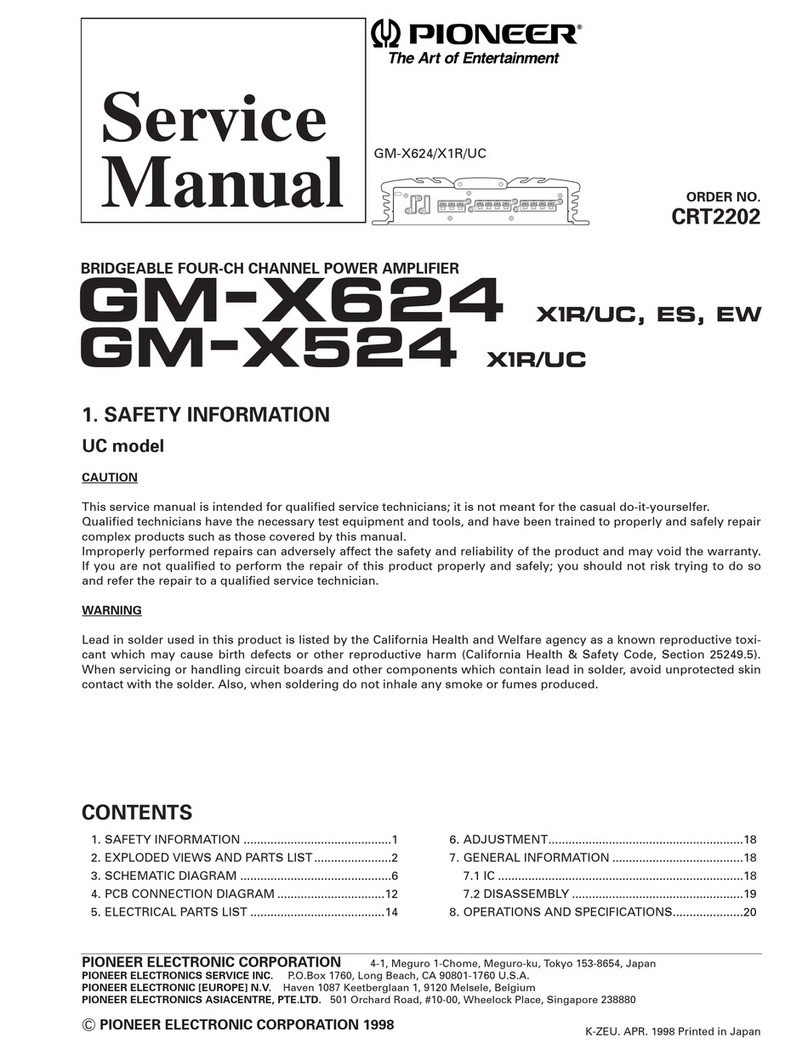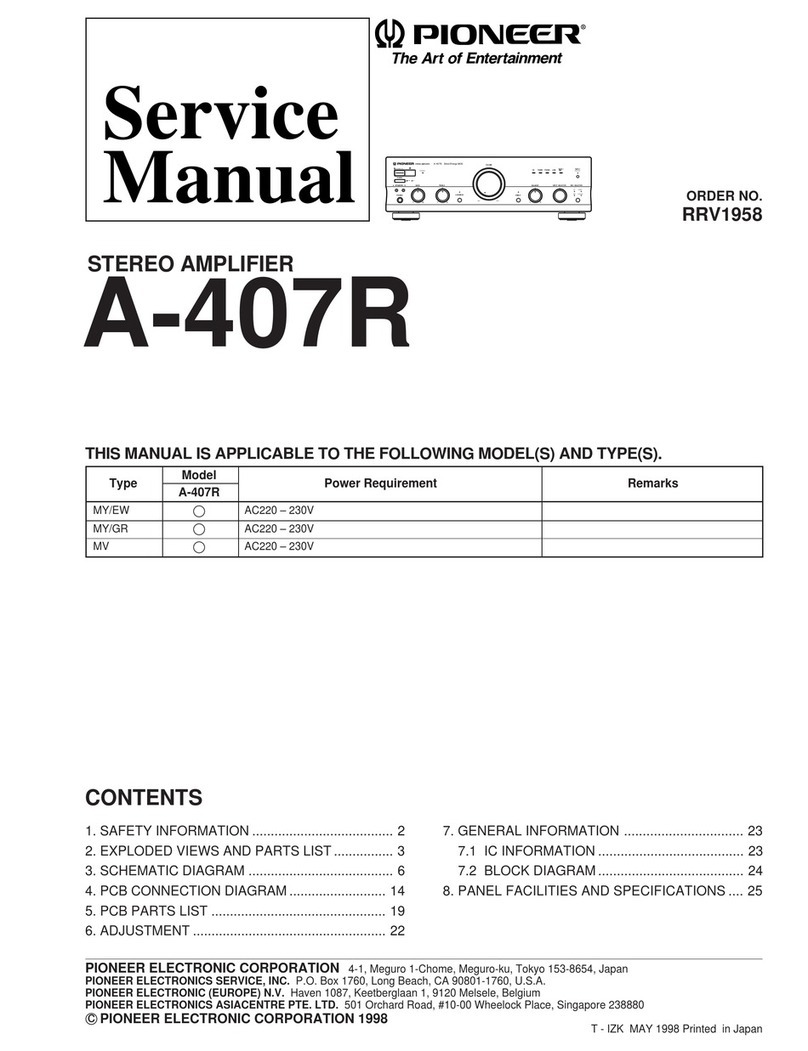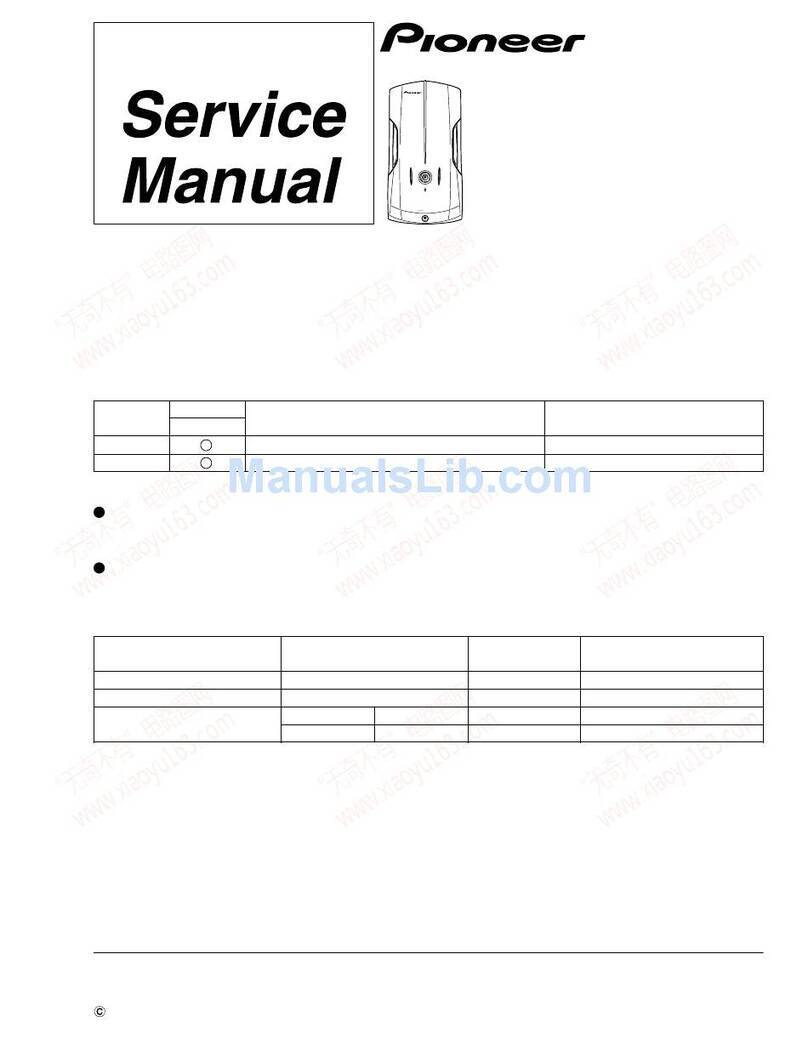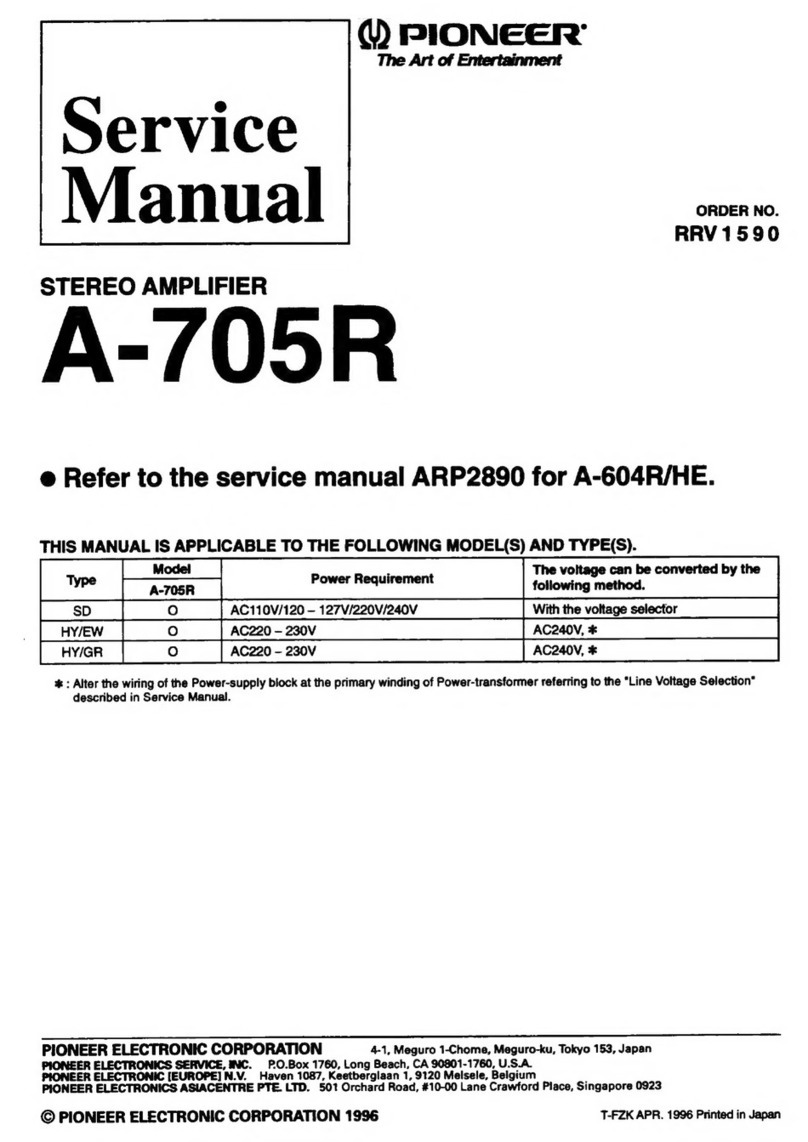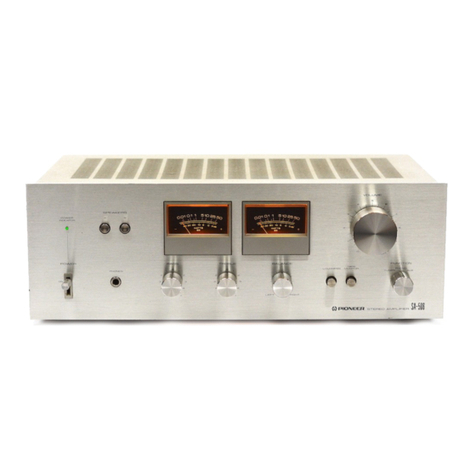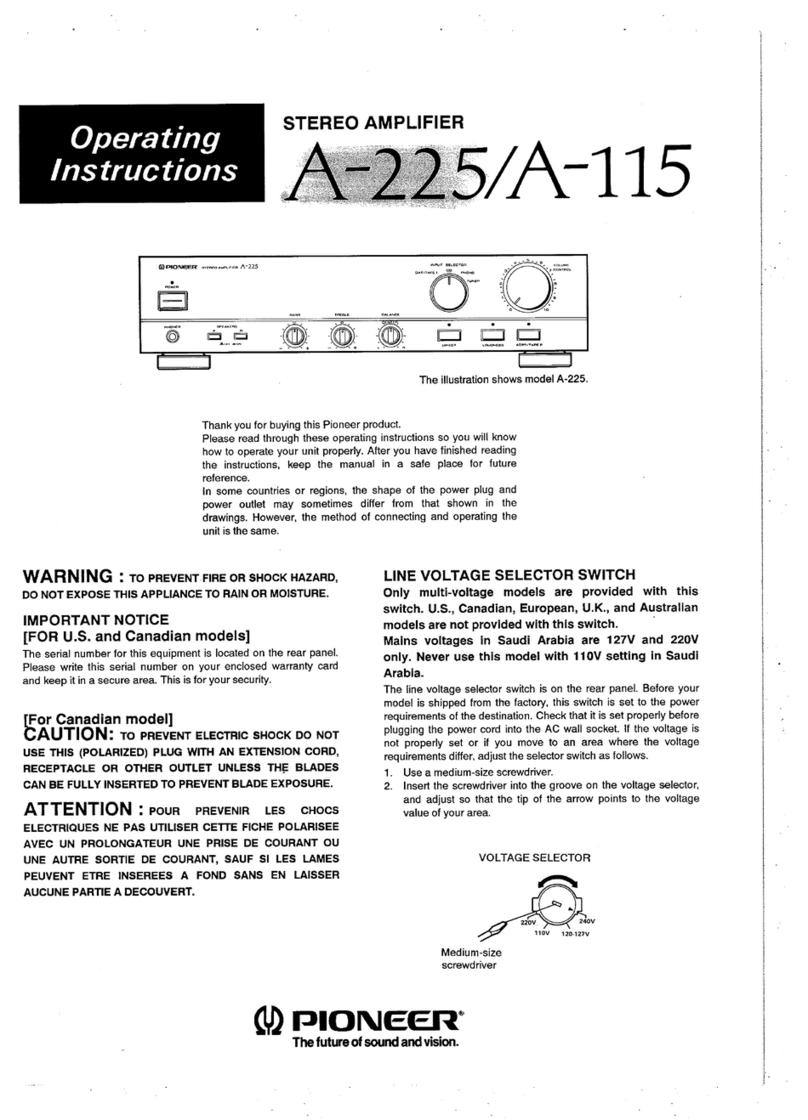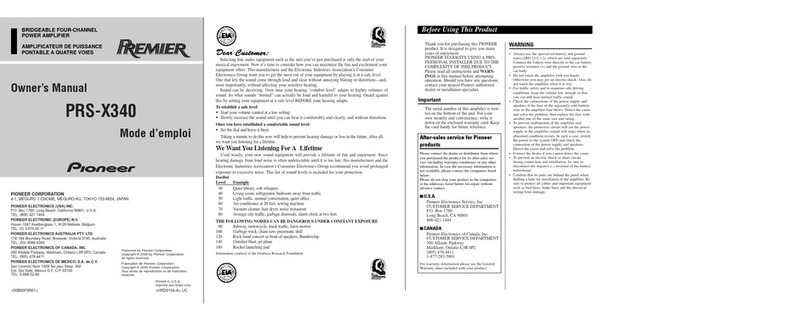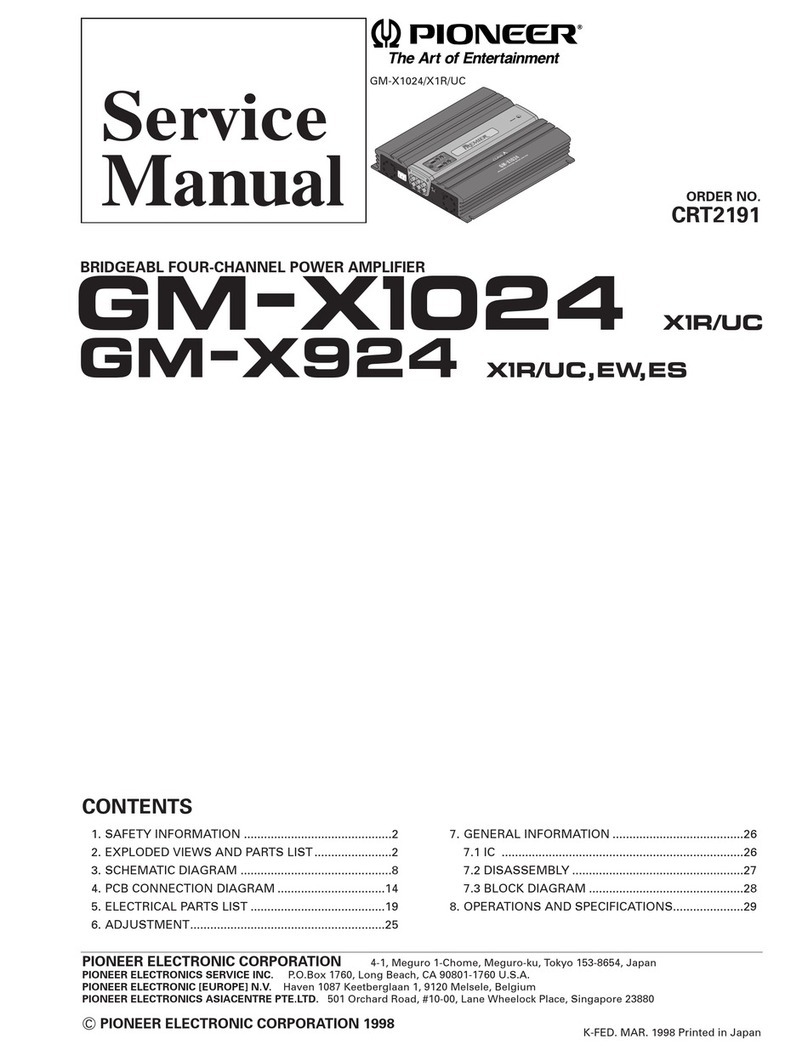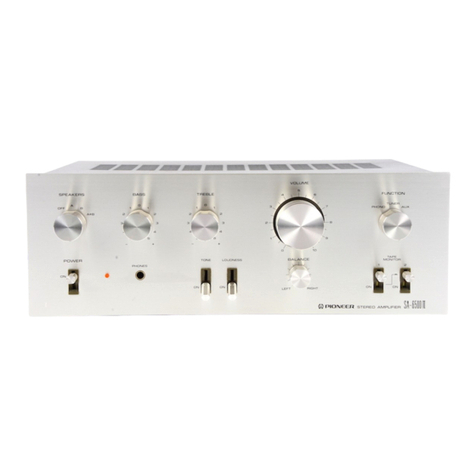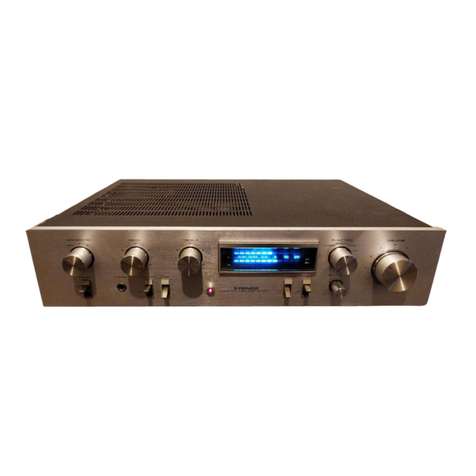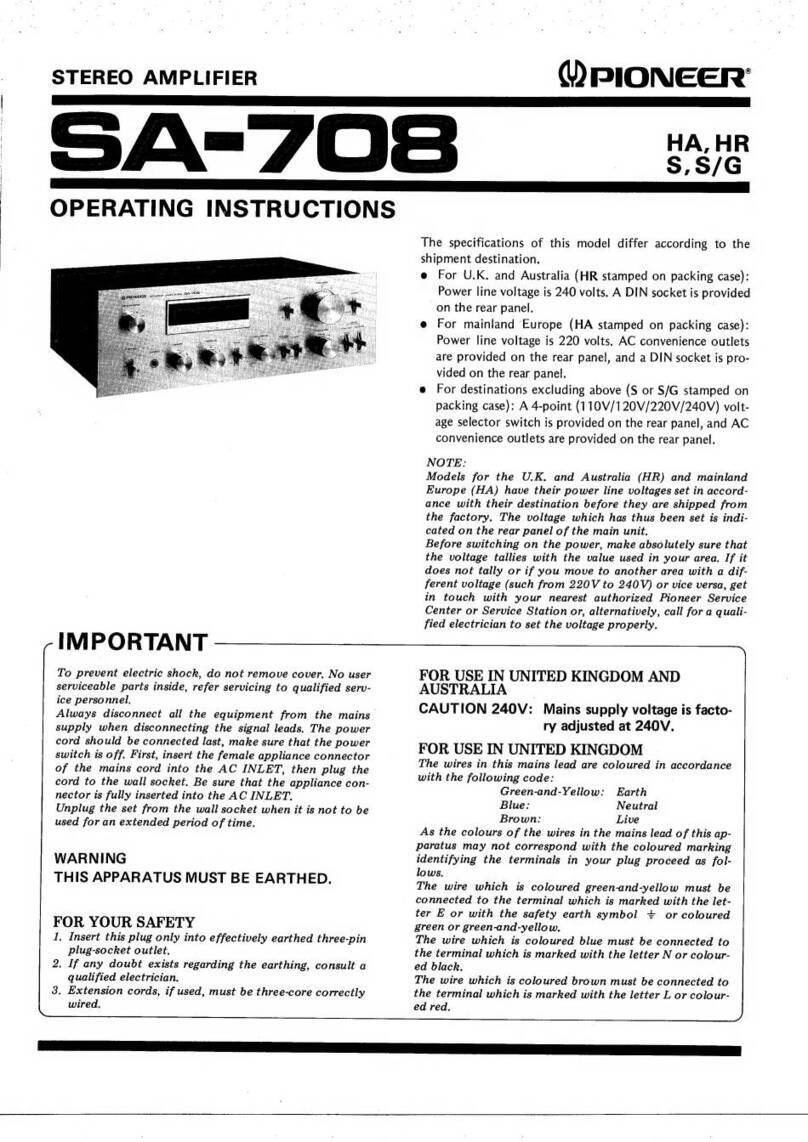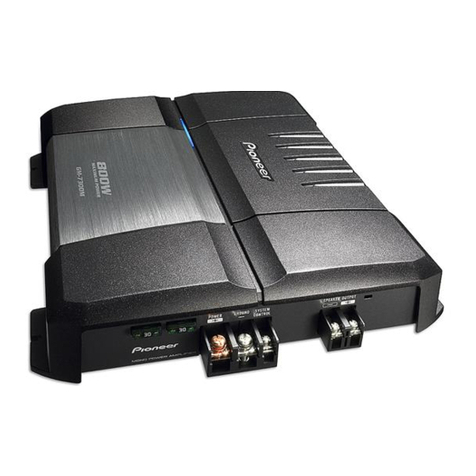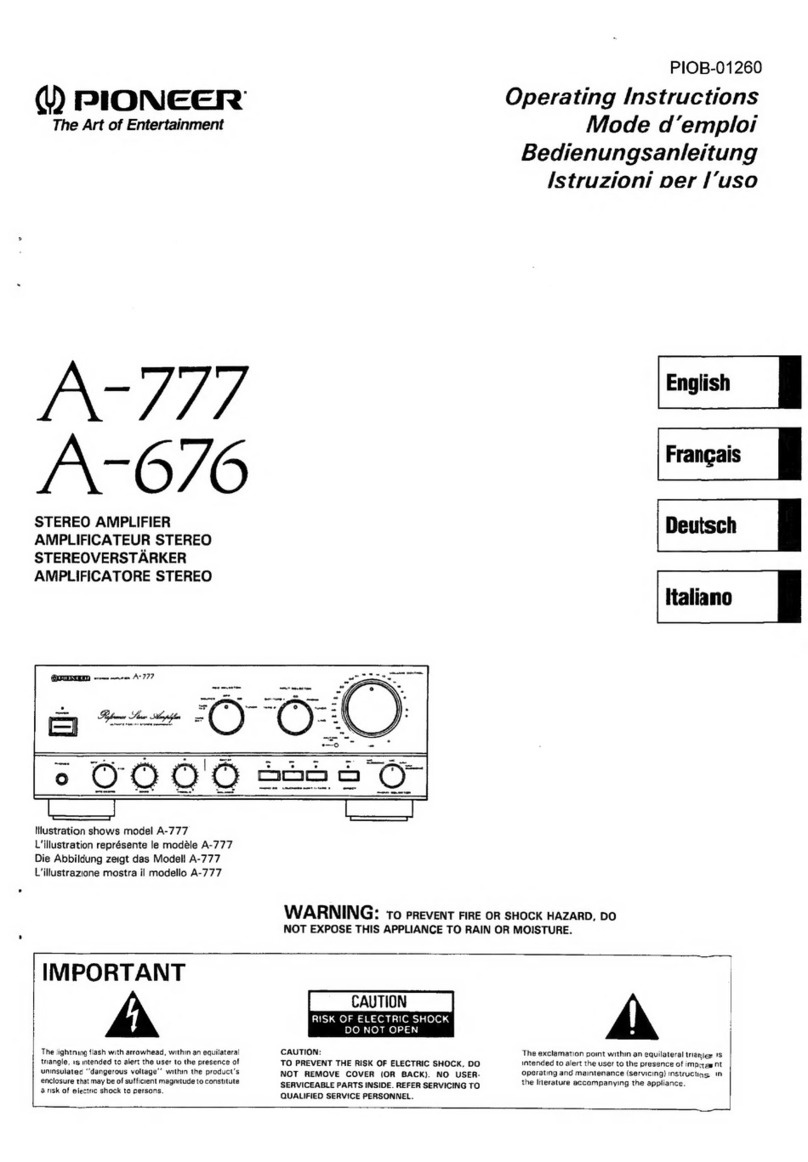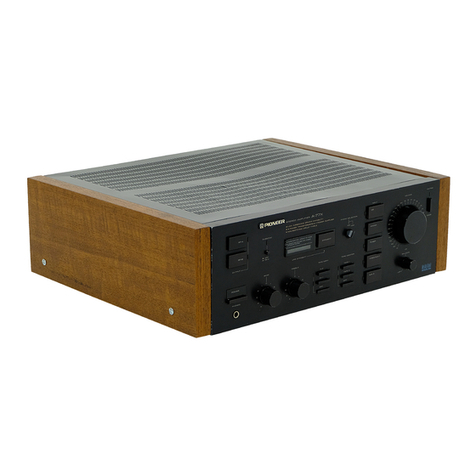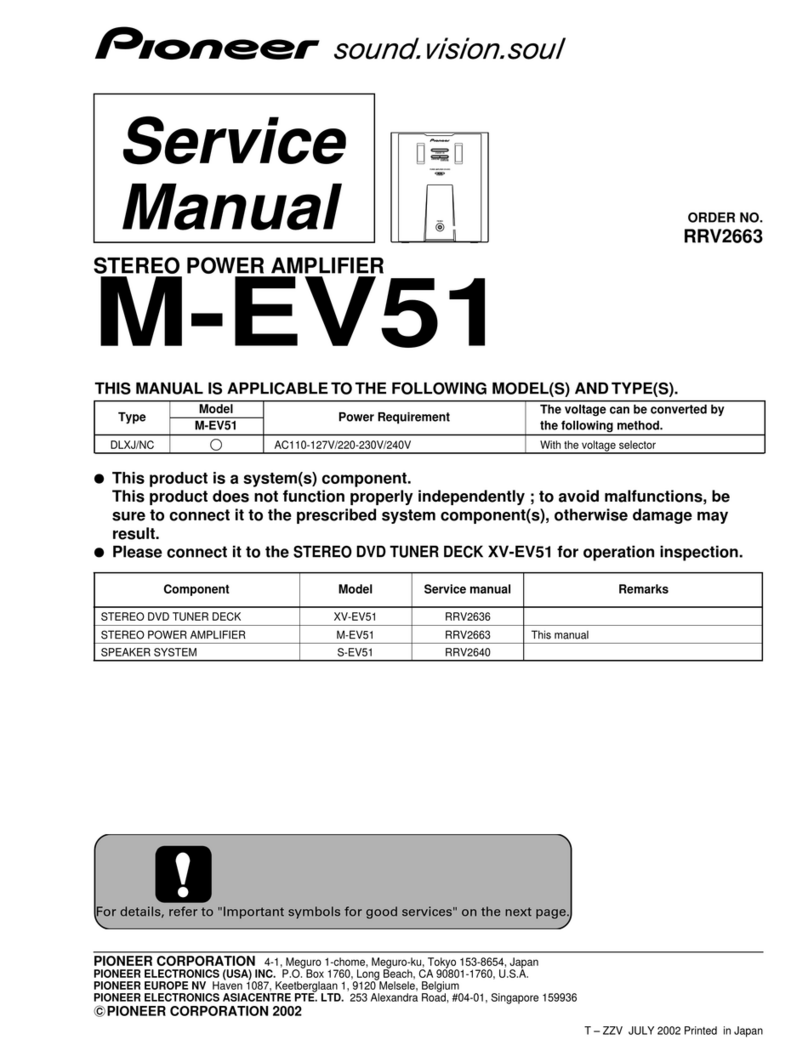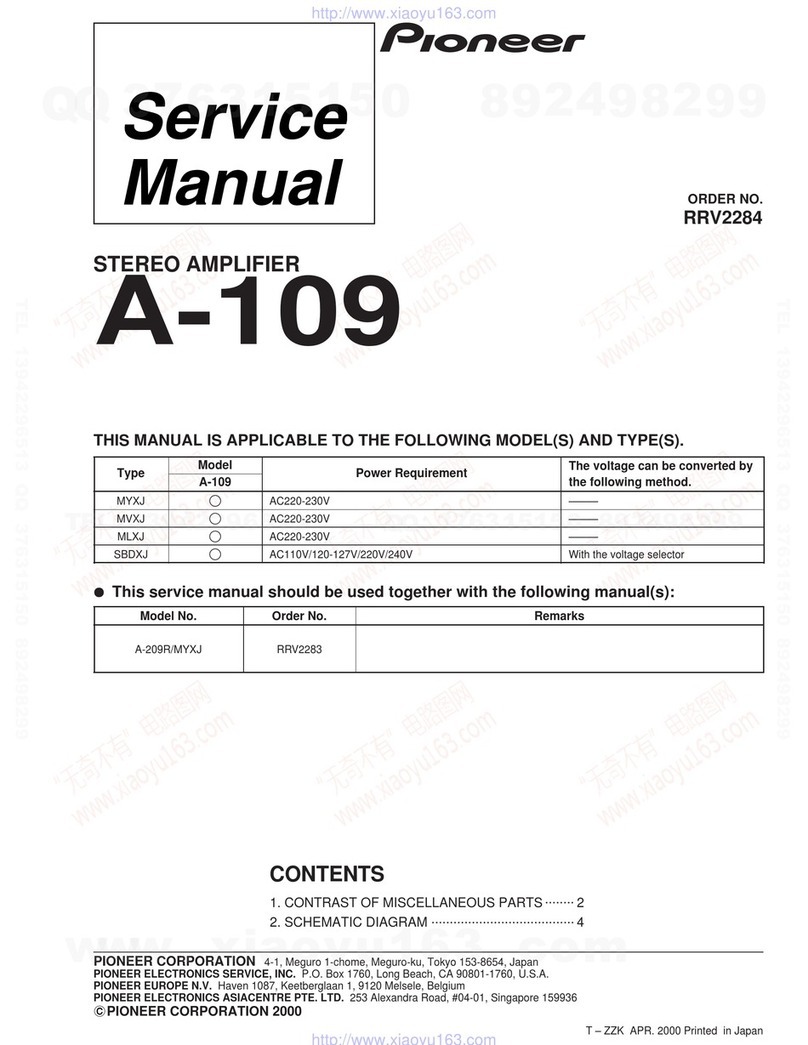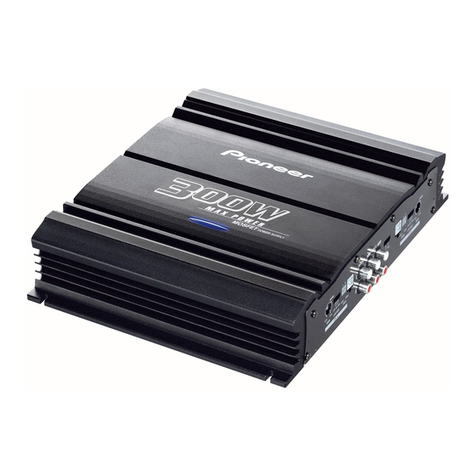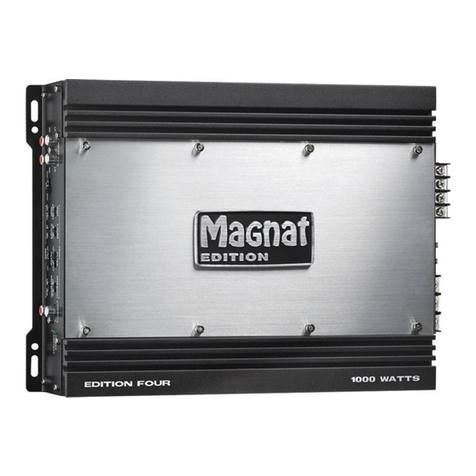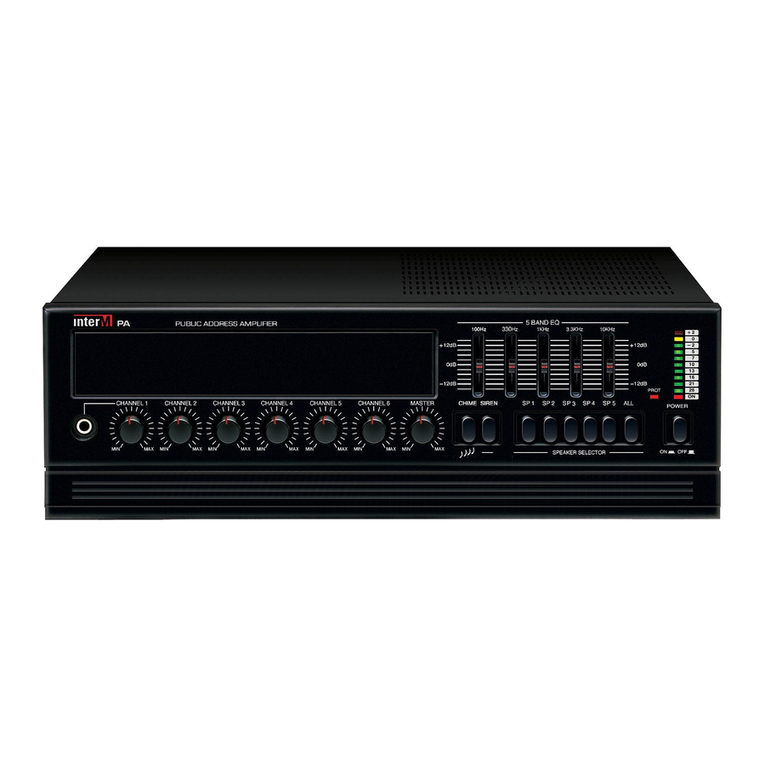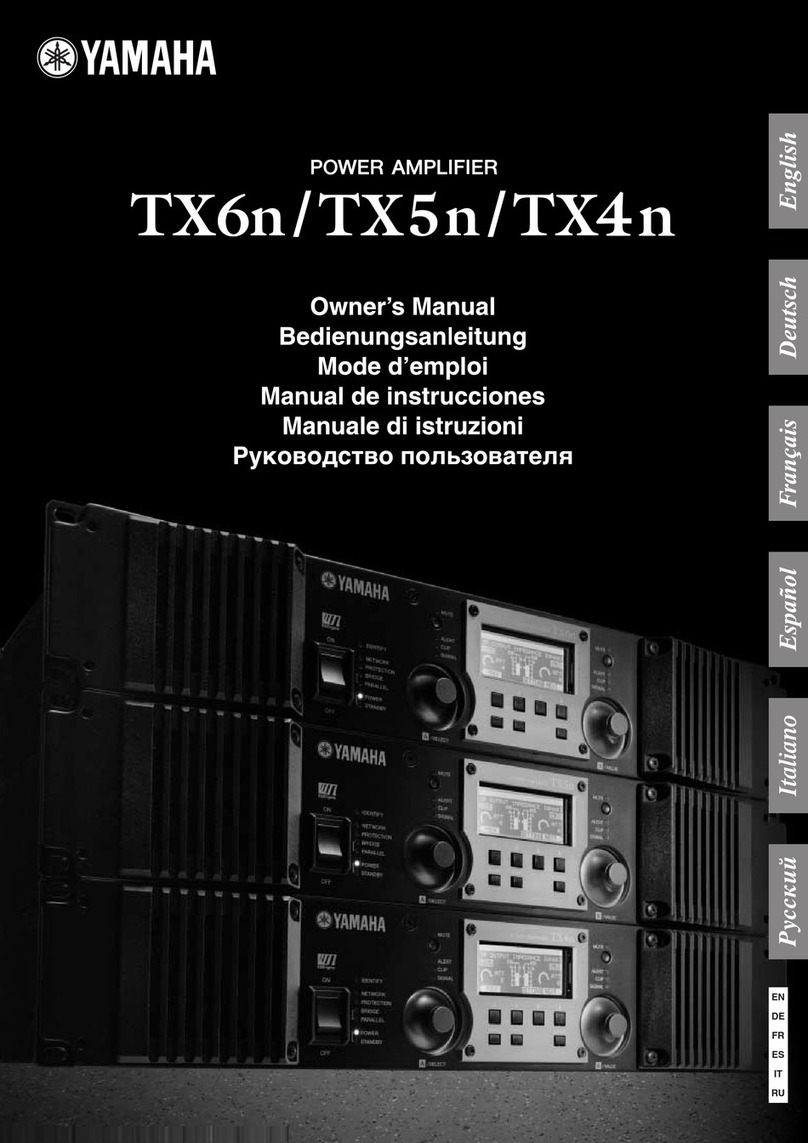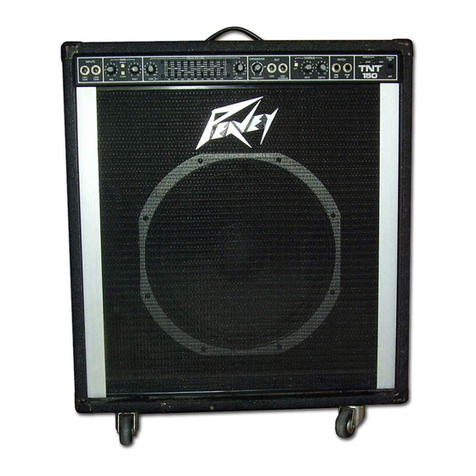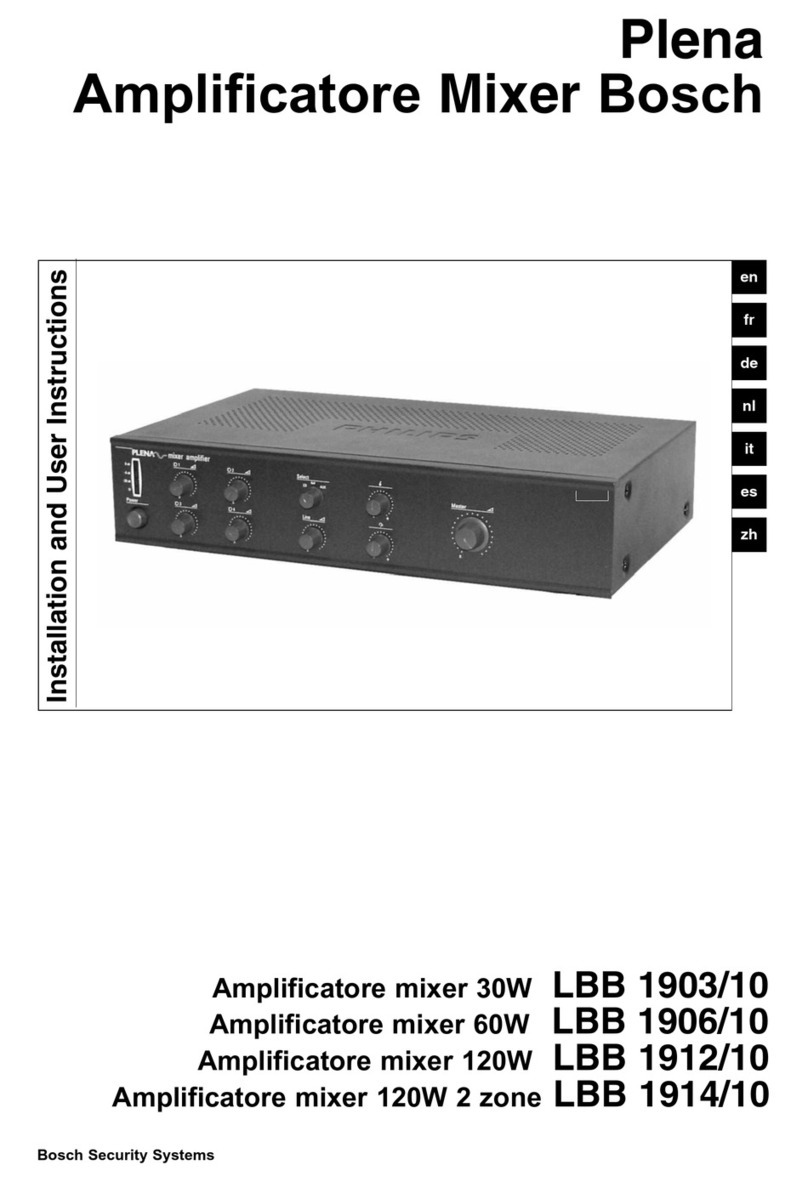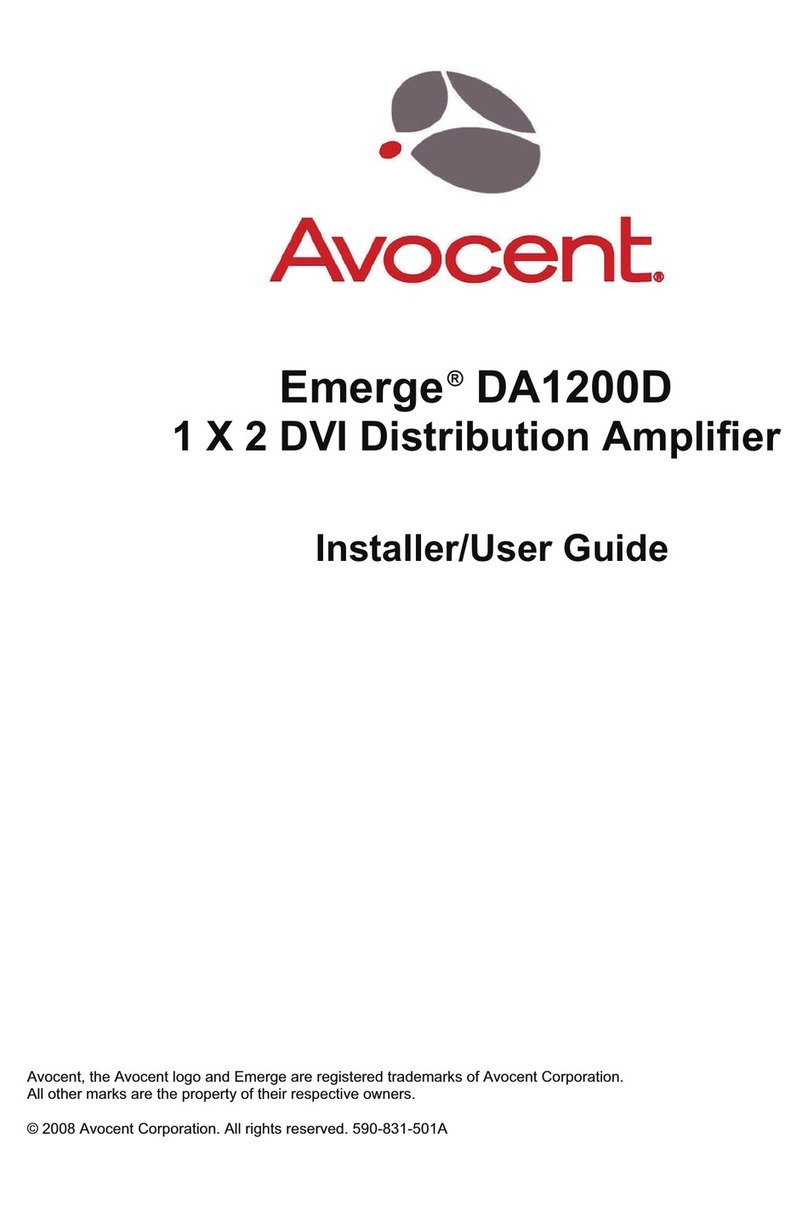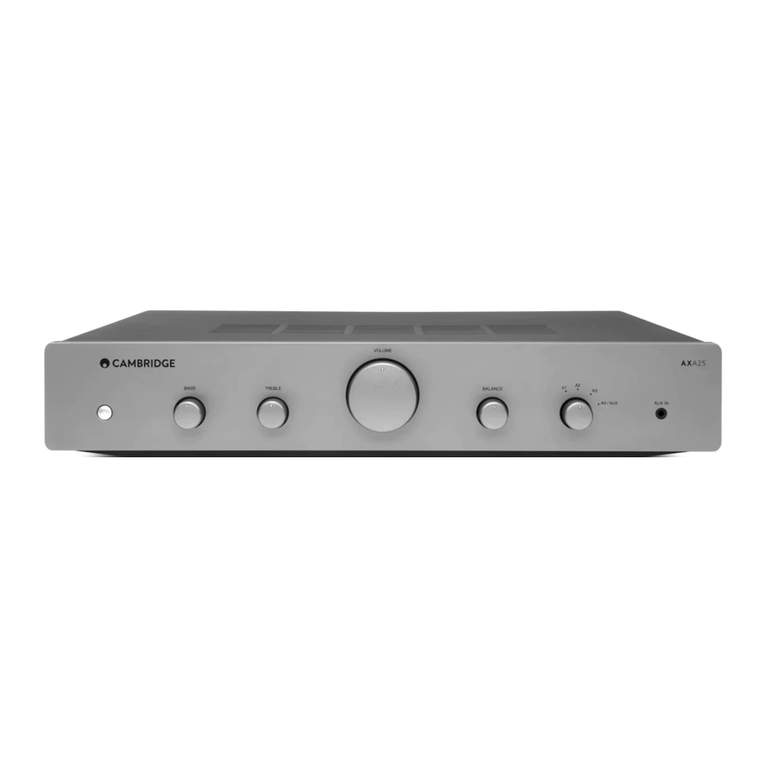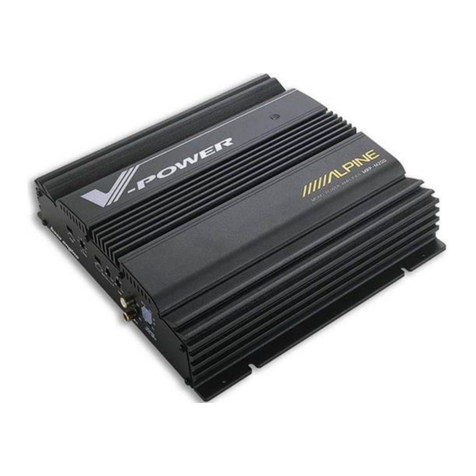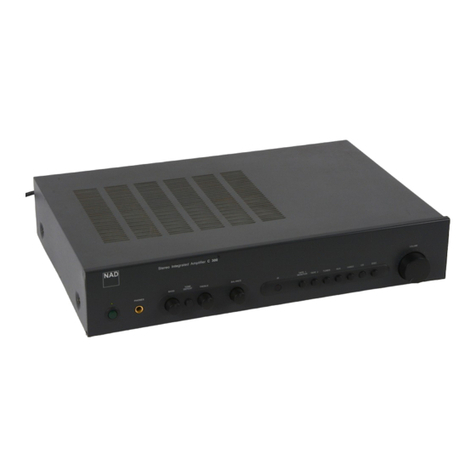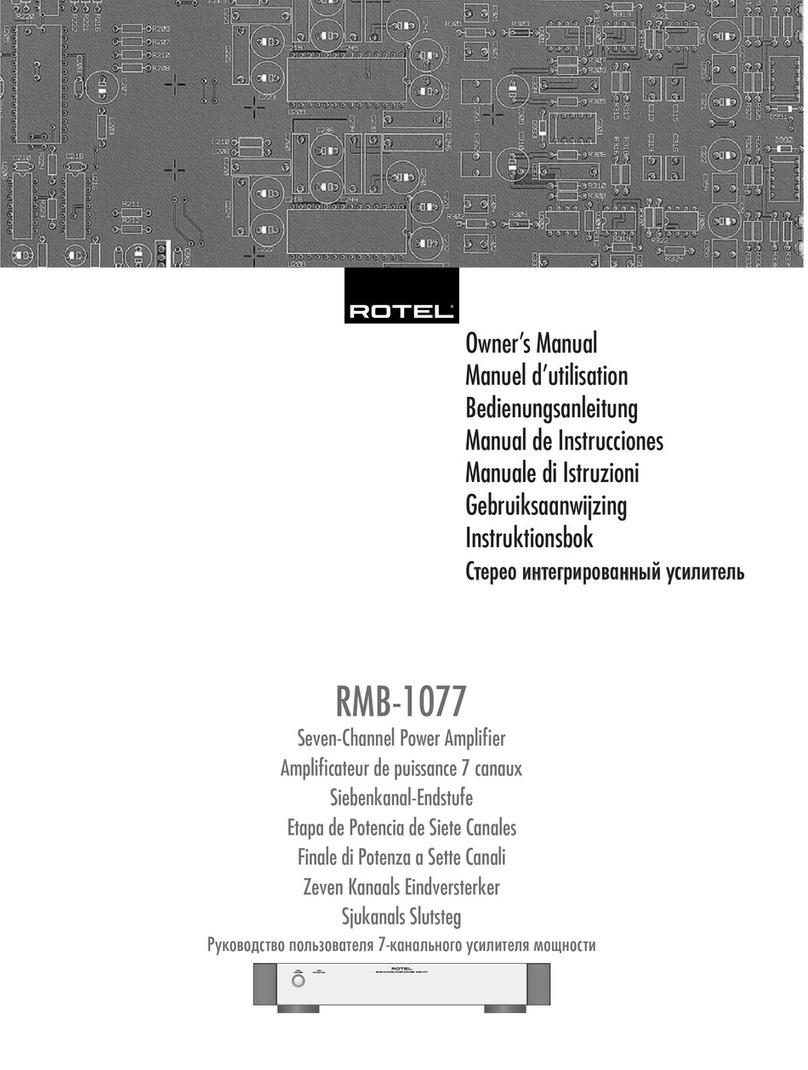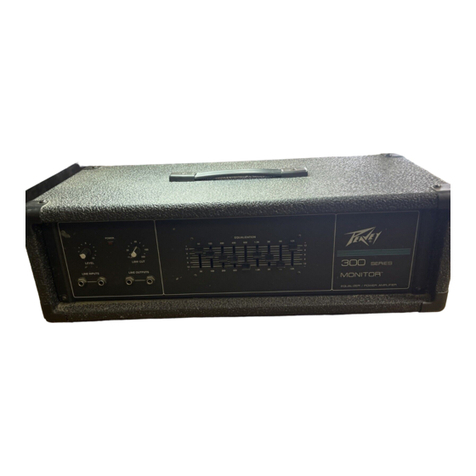
ABOUT VOLUME CONTROL (3) AND ATTENUATOR SWITCH (10)
Ahighprecision step-type attenuator switch which can be used. even for professional
broadcasting units is ernployed for the volurne control of this unit. This type of
attenuator, however, can not provide continuous control of the sound volurne-
strictly speaking. This inadequacy presents an acoustic problern in such cases when
a recordplayer equipped with a cartridge of high output voltage or a basic arnplifier
of high gain is used in cornbination with this SC- 100. In other words, sound. will not
ccirne out frorn the speakers when the volurne control is set to the rnaxirnurn cut-off
point( oo ) but sound rnay be tooloud if the volurne controlis set to one step higher
position tr-60rr.
To solve this problern, it is recornrnend.able for you to set the attenuator (I0) to -15
dB or -30 dB so that ideal volurne rnay be obtained with the volurne control set to
il_(;0il.
Note: Difference in sensitivity of basic arnplifiers can be explained. frorn the fact
that sorne basic arnplifiers with 30 W output require the input of 1 V to take
out the 30 v/ output while others require the input of only o.z y.
Although you can adjust the input level if your basic arnplifier is provided
with the volurne control for such a purpose, it is still recornlrlendable for
you to adjust the input leve1 with the attenuator of the SC-100.
ABOUT THE TONE CONTROLS
The characteristic of the controls used in the SC-100 is basically different frorn
that of ordinary tone controls whose response curve varies continuously. As shown
in the characteristic graph, only necessary f requencies are selected with the con-
trols to rnake thern enhance or attenuate. At the sarne tirne, the varying quantity of
the rniddle range is considerably suppressed. Flence, if the tonal quality of the re-
produced sounds frorn both the left and right speakers is not equal due to the back-
ground conditions, it is adjustable with the tone controls.
Since the sensibiiity of hurnan ears is weak to lows and highs, it is recornrnendable
foryouto raise both the high and 1ow frequencies a little when the reproduced sound
level is low.
I
